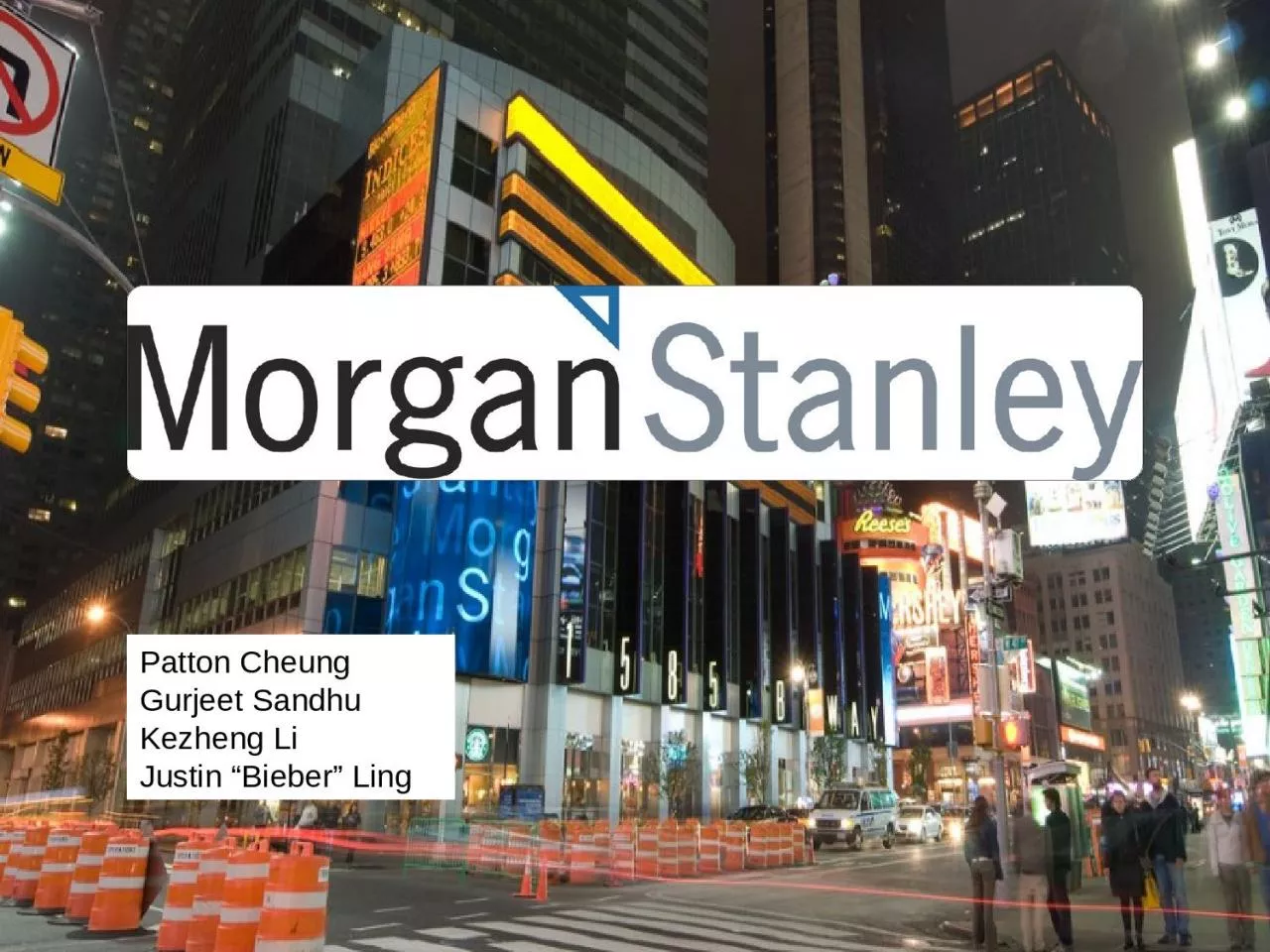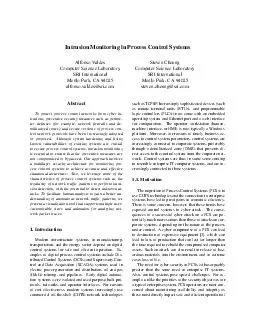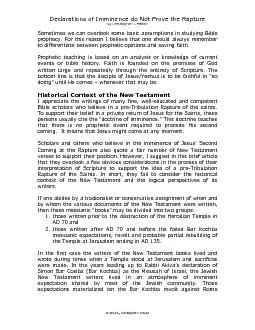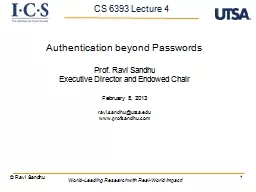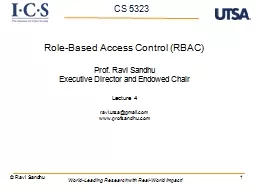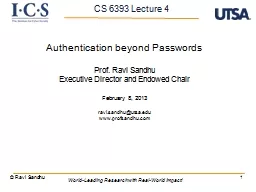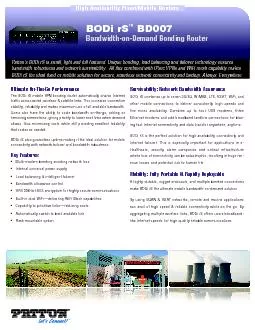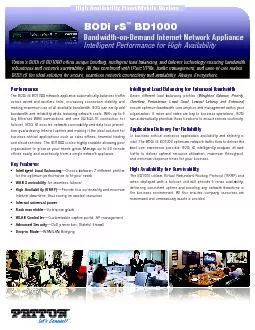PPT-Patton Cheung Gurjeet Sandhu
Author : emery | Published Date : 2023-11-06
Kezheng Li Justin Bieber Ling Agenda Company Overview Risk Management Activities Compensation Practices Overview Morgan Stanley is a global financial services
Presentation Embed Code
Download Presentation
Download Presentation The PPT/PDF document "Patton Cheung Gurjeet Sandhu" is the property of its rightful owner. Permission is granted to download and print the materials on this website for personal, non-commercial use only, and to display it on your personal computer provided you do not modify the materials and that you retain all copyright notices contained in the materials. By downloading content from our website, you accept the terms of this agreement.
Patton Cheung Gurjeet Sandhu: Transcript
Download Rules Of Document
"Patton Cheung Gurjeet Sandhu"The content belongs to its owner. You may download and print it for personal use, without modification, and keep all copyright notices. By downloading, you agree to these terms.
Related Documents

